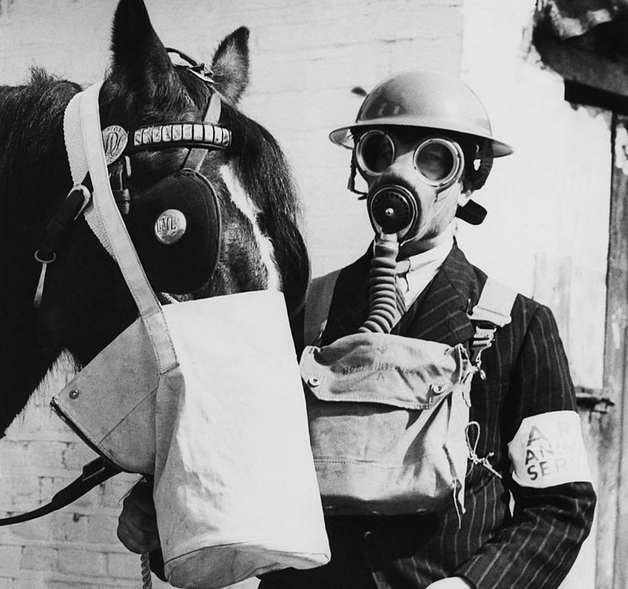Masking in Psychology

Masking in Psychology is a process in which an individual changes or “masks” their natural personality to conform to social pressures, abuse, and/or harassment.
In cognitive psychology, Masking in Psychology is a technique that involves presenting one visual stimulus (a “mask” or “masking stimulus”) immediately after another brief (usually 30 ms) “target” visual stimulus resulting in a failure to consciously perceive the first stimulus.
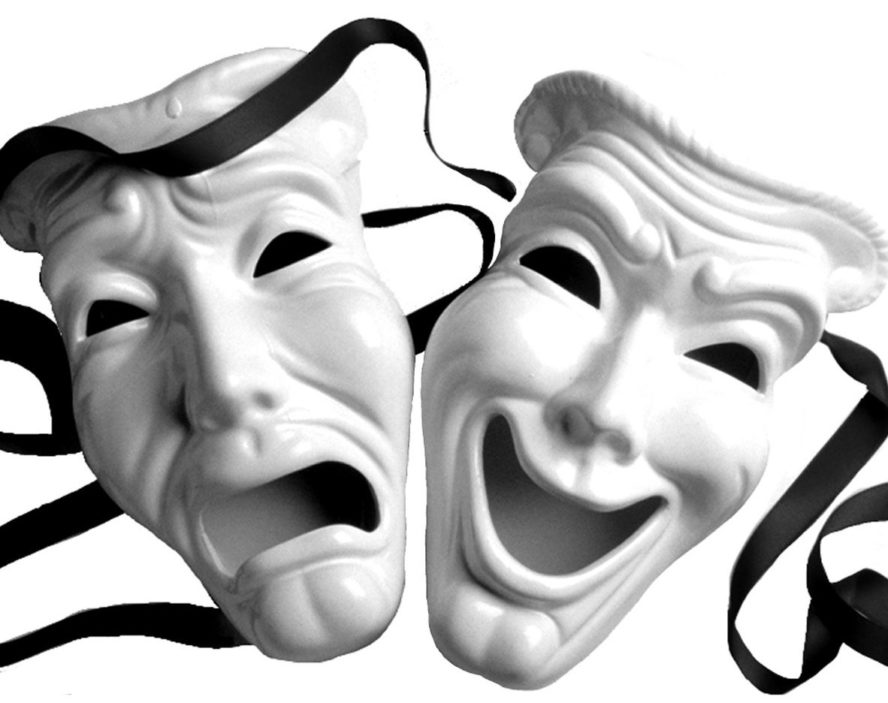
Some examples of masking are a single overly dominant temperament, or humor, two incongruent temperaments, or displaying three of the four main temperaments within the same individual. Masking can be strongly influenced by environmental factors such as authoritarian parents, rejection, and emotional, physical, or sexual abuse. An individual may not even know he or she is wearing a mask because it is a behavior that can take many forms.
Masking in Psychology
is the deliberate and purposeful hiding, muting, silencing or removal of a stimulus from the target so they may no longer hear, see or sense its presence.MASKING: “By muting a stimulus in a auditory test, we are effectively masking it.”
Masking in Psychology 2020 UPD:
Using Medical Masks in Everydays Life
COVID masks wearing
Soon available
The mask in the package are reusable.
If used properly, they can be worn multiple times.

Protect yourself and those close to you.
Why should I wear a mask?
The corona virus spreads via small droplets that are sprayed when you talk or cough.
The mask blocks the droplets and thus protects you from carriers in your vicinity and protects those close to you if you are a carrier without being aware of it.
In addition, the mask prevents you from touching your mouth and nose.
When should I wear a mask?
You must wear a mask while in public areas and at work.
How should I wear the mask?
The mask should be comfortably snug on your face and cover your nose and mouth.
Check that the mask does not cause breathing difficulties. If the mask causes you significant difficulty in breathing, don’t use it. If you have heart or lung issues, be particularly careful.
MASKED DEPRESSION
is the deliberate and (potentially) dangerous hiding or masking of depressive mood swings in the personality of an individual. This maybe due misconceptions on treating depression and the social stigmas associated with mental illnesses.MASKED DEPRESSION: “Individuals who are scared or disagree with the labelling of conditions typically mask them, for example with masked depression.”
Masquerade (from Italian maschera ‘mask’)
1. the wearing of a disguise
2. a gathering of disguised or masked people.
3. a false show or pretence.
4. passed off as something else.
5. to assume the character of someone else.
6. to take part in a masquerade.
7. to pretend, to create a facade.
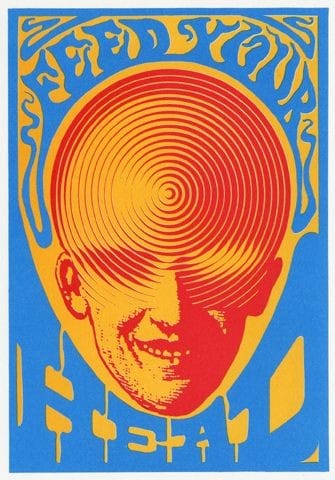
Masking (personality)
The term Masking in Psychology was first used to describe the act of concealing disgust by Ekman (1972) and Friesen (1969). It was also thought of as a learned behavior. Developmental studies have shown that this ability has begun as early as preschool and improves with age. In recent developmental studies, masking has evolved and is now defined as concealing one’s emotion by portraying another emotion. It is mostly used to conceal a negative emotion (usually sadness, frustration, and anger) with a positive emotion.
Each person masks their emotions differently. During one’s childhood, an individual learns to behave a certain way when they receive approval from those around them and thus develops a mask. The individual is “not conscious of the role they’ve adopted and is projecting outwards to people they meet”. In some cases where the individual is highly conscious, they may not know that they are wearing a mask. Wearing a mask takes away energy from our consciousness and, in the long run, wears out our energy. A person’s mask is noticeable when he or she is sick or weak as the individual will no longer have the power to keep the mask on.
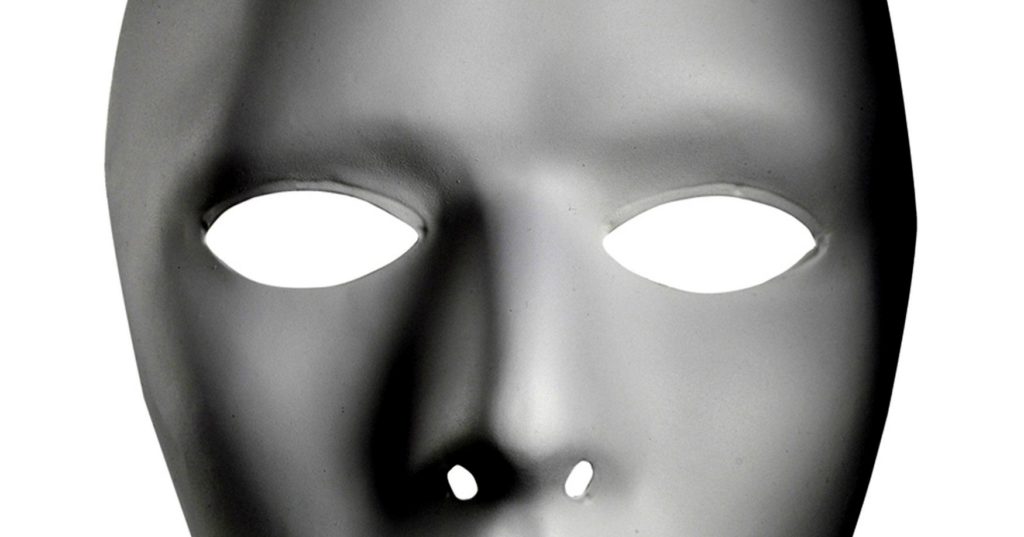
An empirical and theoretical investigation into the psychological effects of wearing a mask
Abstract
A review of the literature shows that the wearing of a mask has been hypothesised to bring about four main psychological effects: disinhibition, transformation, facilitation of the expression of aspects of the wearer’s Self, and various psycho-somatic changes. Several different explanations have been proposed as to why each of these effects come about. Using theoretical and empirical research, the thesis explores in detail the hypothesis that a mask can disinhibit its wearer, and that this disinhibition comes about because the mask-wearer feels less identifiable. The findings show that a mask can significantly reduces its wearer’s feelings of identifiability, and that it can also significantly reduce its wearer’s public self-awareness as a consequence of changes in attentional focus. However, the empirical evidence suggests that the mask’s disinhibiting effect is limited to situations in which an individual wants to behave in a particular way, but inhibits that behaviour out of a concern with ‘mask-able’ facets of their public self. Concomitantly, the findings suggest that, if an individual wants to behave in a way for which they require ‘mask-able’ facets of the public self, then the wearing of a mask may be experienced as inhibiting. This thesis also examines the hypothesis that a mask can transform its wearer, and that this occurs through the self-attribution process outlined by Kellerman and Laird (1982). The thesis provides strong empirical support for both these hypotheses, showing that the wearing of a mask can make individuals feel less like their usual self and more like the character represented in the mask. However, the empirical evidence suggests that this latter effect only occurs under conditions in which an individual is specifically focused on their masked appearance. A final chapter discusses the theoretical and applied implications of these findings, with specific reference to the use of masks in therapeutic practice.
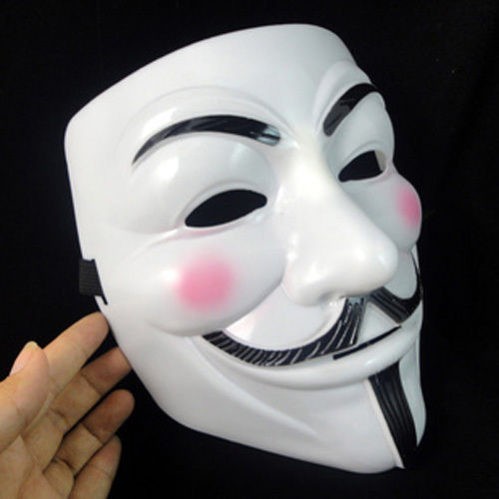
The Mask and Poetry – W.B.Yeats
The Irish Nobel prize winning poet and playwright W.B.Yeats wrote many poems that reflected his strong interests in the workings of the human mind. Through his studies of the occult he built up a theory of the soul and worked on it throughout his life, creatively wrestling with the idea that he had an inner and an outer self.
‘I think that all happiness depends on the energy to assume the mask of some other self…’
As a shy and sensitive person he used theatre and drama as counter-balance, bringing Irish myth and history to the fore with his plays at the Abbey Theatre in Dublin.
His poetry changed over time, the lyrical beauty of some of his early work giving way to more complex, symbolic poetry.
The Mask is one such poem. Two lovers are engaged in a short question and answer session about Love, deceit and trust of the real self.
The Mask
“PUT off that mask of burning gold
With emerald eyes.”
“O no, my dear, you make so bold
To find if hearts be wild and wise,
And yet not cold.”
“I would but find what’s there to find,
Love or deceit.”
“It was the mask engaged your mind,
And after set your heart to beat,
Not what’s behind.”
“But lest you are my enemy,
I must enquire.”
“O no, my dear, let all that be;
What matter, so there is but fire
In you, in me?”
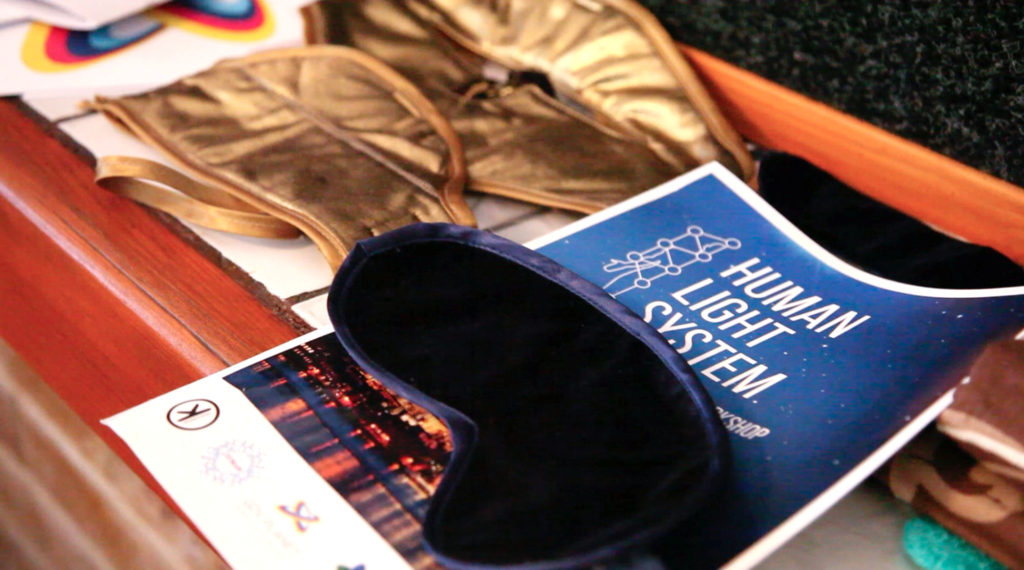
Visual masking
Visual masking is the reduction or elimination of the visibility one brief (≤ 50 ms) stimulus, called the “target”, by the presentation of a second brief stimulus, called the “mask”. Introduced near the end of the 19th and beginning of the 20th century (Exner, 1868; McDougal, 1904; Sherrington, 1897; Stigler, 1911) and extensively studied since then, masking, an interesting phenomenon in its own right, is a useful tool for exploring the dynamics of visual information processing (Breitmeyer & Öğmen, 2006). As a technique for studying the dynamic and microgenetic aspects of vision, masking rests on the following assumptions:
– an interval, on the order of a few tens to two or three hundreds of milliseconds, is required from onset of a stimulus to its measurable effects on behavior or its conscious awareness;
– the information conveyed by a stimulus is actively processed during this interval;
– the processing can occur in several specialized, multi-level visual pathways;
– the responses to the mask and the target can interact at specifiable levels of processing.
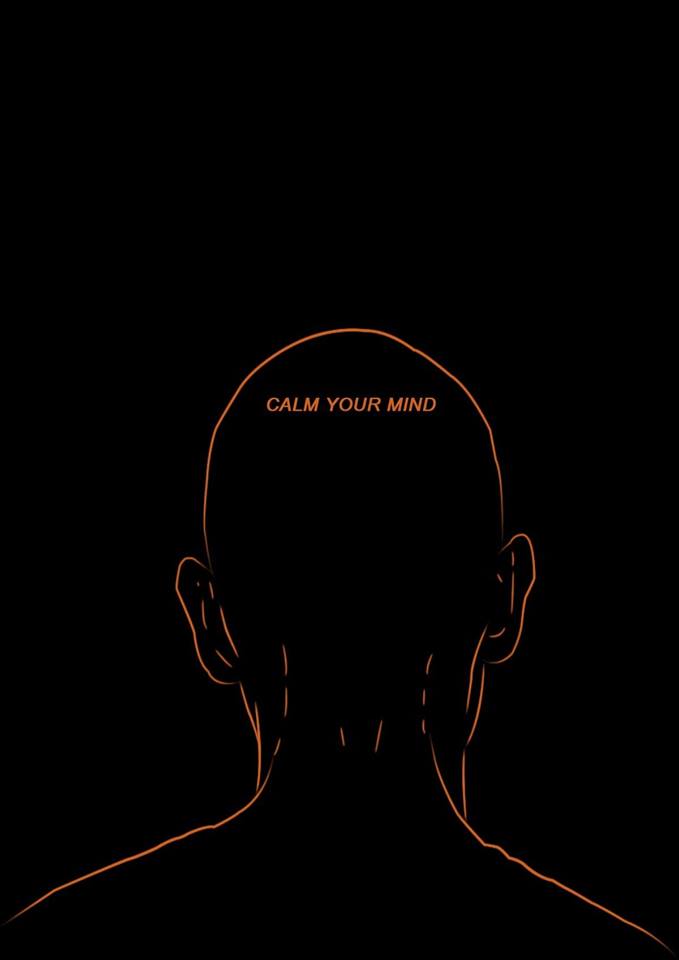
Masking in Psychology
The Psychology of the Mask and The Real You
Andrew Spacey
Masks and Psychology
One famous name in the world of psychology gave great credence to the idea of the mask – Sigmund Freud. His theory of repressed emotions and energies in humans gave rise to the notion of individuals having a ‘second self’, a double, a mask worn to help them cope with the stresses and strains of real life.
Have you seen the movie The Mask, with Jim Carrey as lead role? He has a ‘stranger within’ who comes alive at certain times, becomes a wildly successful hero who just happens to wear a real, found, mask. The inspiration for that movie came from the work of Freud and others.
Masks have always fascinated me. The simple act of putting on a ‘different face’ and becoming a new person is something I’m naturally at home with. A mask can help to hide the real me.
As a drama teacher and producer of many plays I’ve seen over time how easy it is for a person to become someone else, with a new voice, new way of moving, new way of thinking and being. Just by covering their own face!
As with many aspects of our culture, the early Greeks introduced the idea of the persona – mask – into their plays and drama. The idea that you could be one person capable of displaying several personas stuck, and masks have played an important role in acting ever since.
‘All the world’s a stage’ wrote William Shakespeare, implying that we’re all pretenders some of the time. Many of his plays involve the use of character masquerade to highlight gender and social roles, issues that continue to be of relevance.
As 21st century humans you might argue that we’re always masquerading, putting on different masks for different situations? The serious mask for work, the clown’s mask for friends,the caring mask for family? Or are we constantly hiding our true selves behind these masks in order to preserve our status and dignity?
Are males more adept at masking their emotions than females? When the mask comes off and we look in the mirror who do we see? In the modern era psychologists have developed this notion – some use it in their work on identity theory for example.
What have the artists, writers and poets made of the mask? W.B.Yeats for example wrote extensively on the inner workings of the mind and emotions. He wrote poems on this subject and later on in this article I want to take a look at one in particular, The Mask, a poem about two lovers.
Masks can be bizarre, plain, scary and powerful. They add mystery and intrigue.

Resources:
Psychology Today, Masking
https://www.psychologytoday.com/intl/blog/laugh-your-way-well-being/201510/the-masks-we-wear
http://www.scholarpedia.org/article/Visual_masking
Wiki: https://en.wikipedia.org/wiki/Masking_(personality)
https://strathprints.strath.ac.uk/43402/
https://hubpages.com/education/The-Gallery-of-the-Fool
www.psychologydictionary.org/masking/
